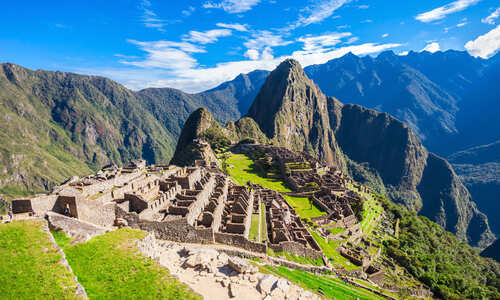Article content
4 December 2013 by Alex Stewart
Archaeologists have unearthed 35 sarcophagi belonging to the Chachapoyas culture in Peru's northern Amazonas region.
The discovery of these purunmachu - sarcophagi - in which the Chachapoyas placed their dead, was made in July with the aid of a high-powered camera lens and then confirmed in September. It was subsequently kept secret to prevent the site being pillaged by looters before it could be preserved.
The sarcophagi, found on Cerro El Tigre near San Jeronimo, comprise painted clay coffins placed upright above ground. The figures stand just 70 centimetres tall, leading archaeologists to speculate that they were for children.
Manuel Cabanas Lopez, regional director of tourism and international trade noted that, 'For their size, this discovery is unique in the world and should be protected and integrated into the tourist circuit.'
Around 325 sarcophagi have now been found in Amazonas, which was once the heartland of the Chachapoyas culture, a strongly independent civilization that lived in the Andean cloud forests around 800AD. The Incas, who referred to the Chachapoyas as The Cloud People, eventually annexed the Chachapoyas as part of their expansion.
As well as impressive sarcophagi at Carajia in the Utcubamba Valley, where eight mummies measuring 2.5 metres tall stand on a cliff ledge, the Chachapoyas are responsible for iconic fortresses such as Kuelap and settlements such as Gran Pajaten and Gran Vilaya. Unlike Machu Picchu and many of the Inca sites in southern Peru, those attributed to the Chachapoyas remain undeveloped and little explored.






